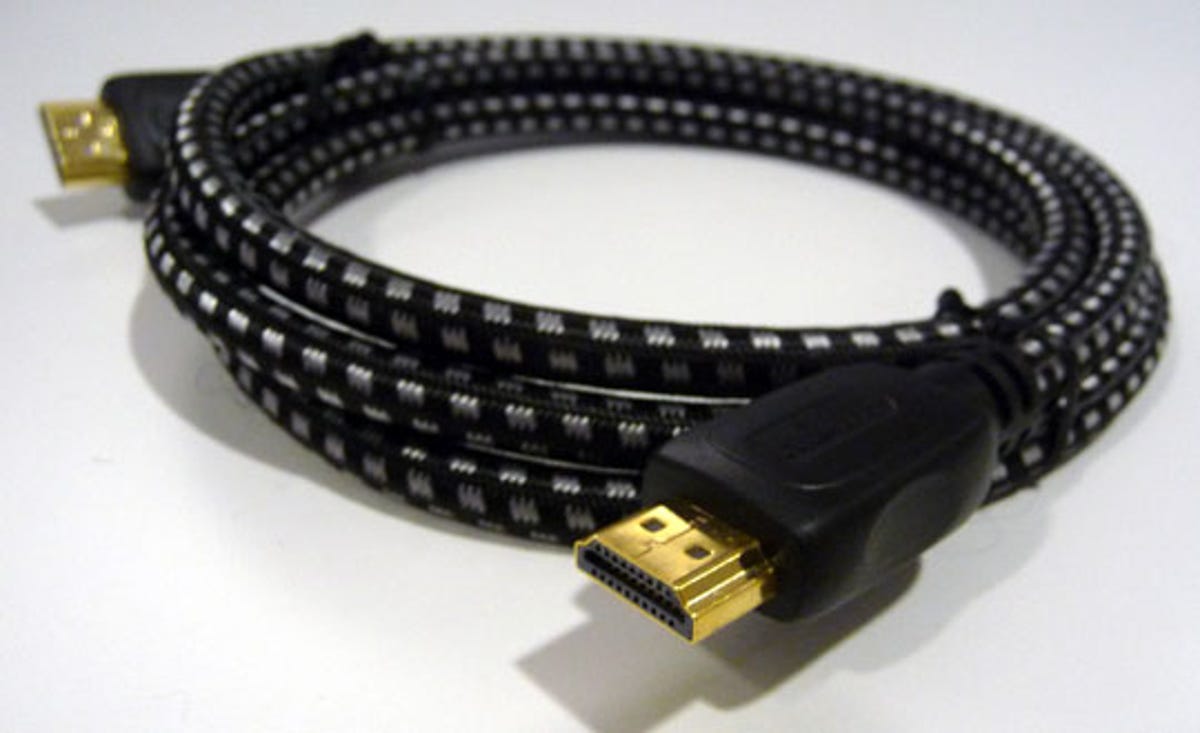
HDMI is rather like sleep: a gigantic waste of time, but essential because there’s basically no alternative. If we could take a pill and never sleep again but still feel refreshed each morning, you can bet we would. And if there was any other sort of cable that could get 1080p video and lossless audio to the rest of our AV gear, you can be sure we’d take advantage of it. Sadly, there isn’t and the onward march of progress means we must re-invent the HDMI standard to make use of new advances in technology.
So, what’s changed in HDMI 1.4? Firstly and inevitably, it’s a new size connector. Yes, that’s right — not only will you have to buy new equipment and new cables, but you’ll also not be able to use new, HDMI 1.4 cables with older HDMI 1.3a equipment — not without an adaptor at least. This decision is apparently to enable smaller devices, such as camcorders, to have HDMI 1.4 connections on them. If you’re aware of HDMI, you’ll know mini HDMI cables have existed for some time, but HDMI 1.4 is a totally different size to even these cables.
HDMI 1.4 will add support for both 4K2K (4,096×2,160 pixels) and 3D video. It’s not currently clear if Blu-ray will ever support either of those formats, but at least by adding these abilities to the standard now, we’ll have cables available that will work when a format arrives on the scene that can deliver 3D to your TV — whether you want it to or not.
A further selling point is expected to be that the HDMI group has thoughtfully added support for 100Mbps networking over the new standard. This means you’ll be able to provide Internet access to just one device in your AV system and share the network connection with the rest of your hardware. It’s a clever idea, but significantly more trouble than just adding an Ethernet jack or Wi-Fi to all your equipment.
We do like the addition of a return audio path, however, which enables your TV to send audio back to the AV receiver via the HDMI cable, with no need for a separate digital interconnect. Of course, like everything else in HDMI 1.4, before you can take advantage of it, you’ll have to replace every single piece of equipment you own.
Changing the size of HDMI now means that TVs, Blu-ray players and AV receivers will need to have new sockets built in as well as older HDMI inputs — you know, for the millions of pieces of HDMI-enabled equipment already sold.
It’s also been suggested that HDMI 1.4 cables will have two levels of data rate support. Low-rate cables will be cheaper but will not support all of HDMI 1.4’s features. High-rate cables, on the other hand, will support everything, cost more and confuse consumers no end. It’s a disaster waiting to happen, and of that there can be no doubt.
If we’re going to go through a radical change, perhaps now’s the
time for the industry to ditch HDMI completely and move over to the royalty-free
DisplayPort 1.2. We quite like the idea of DisplayPort, because the
connectors lock into place — something HDMI really needs to learn
from, but hasn’t, even in this latest iteration.
We’re betting right now you didn’t think it was possible to hate an interconnect. Consider yourself proved wrong.




